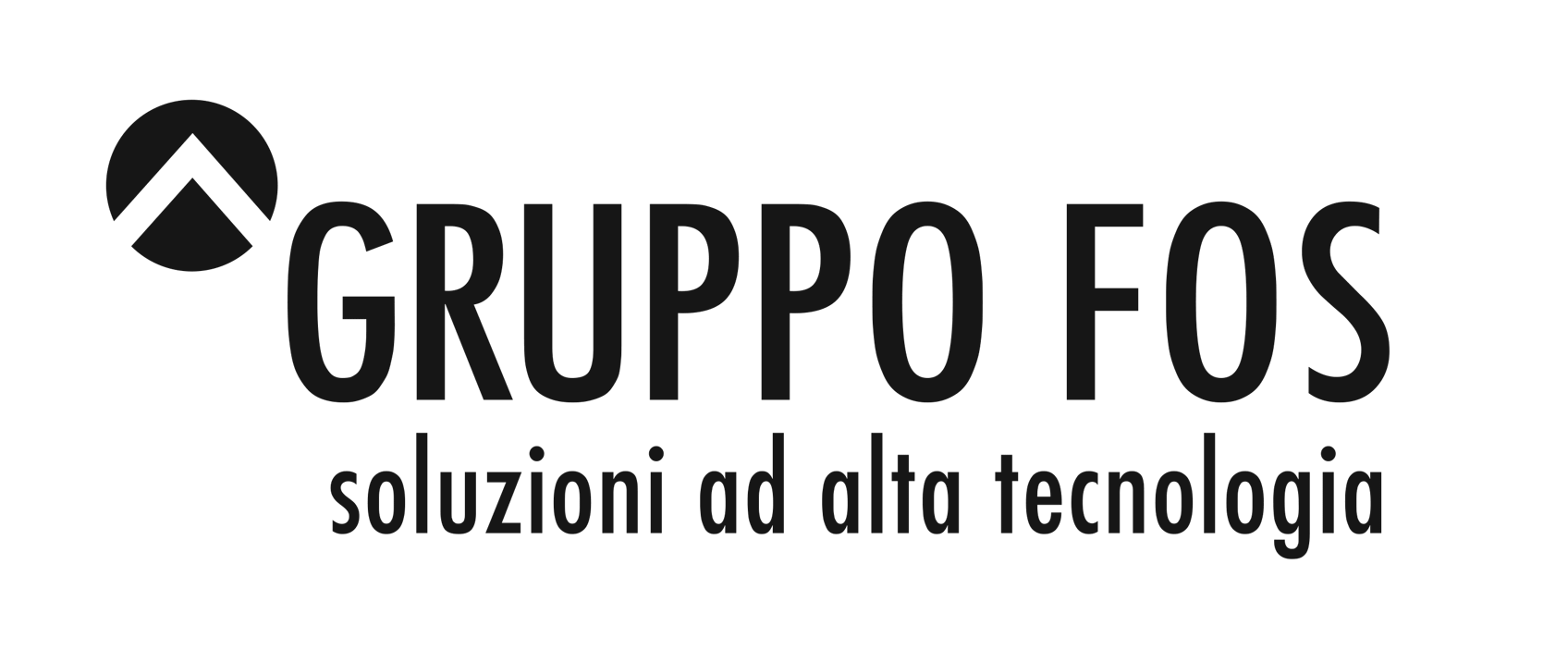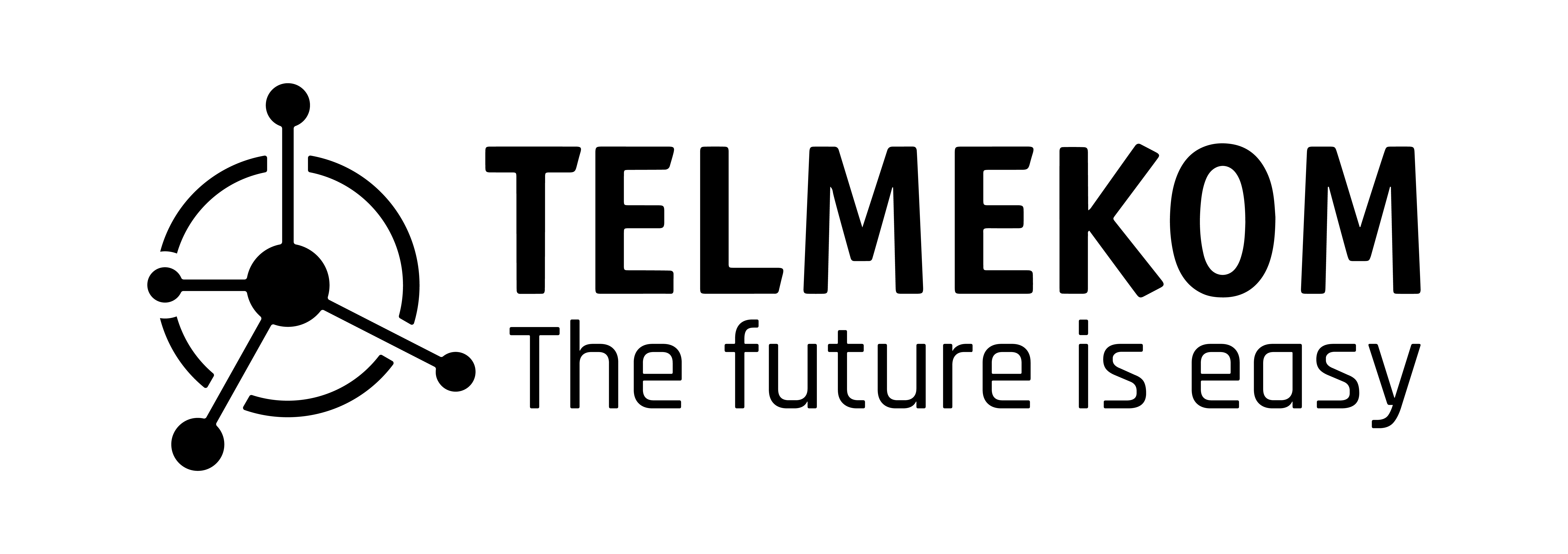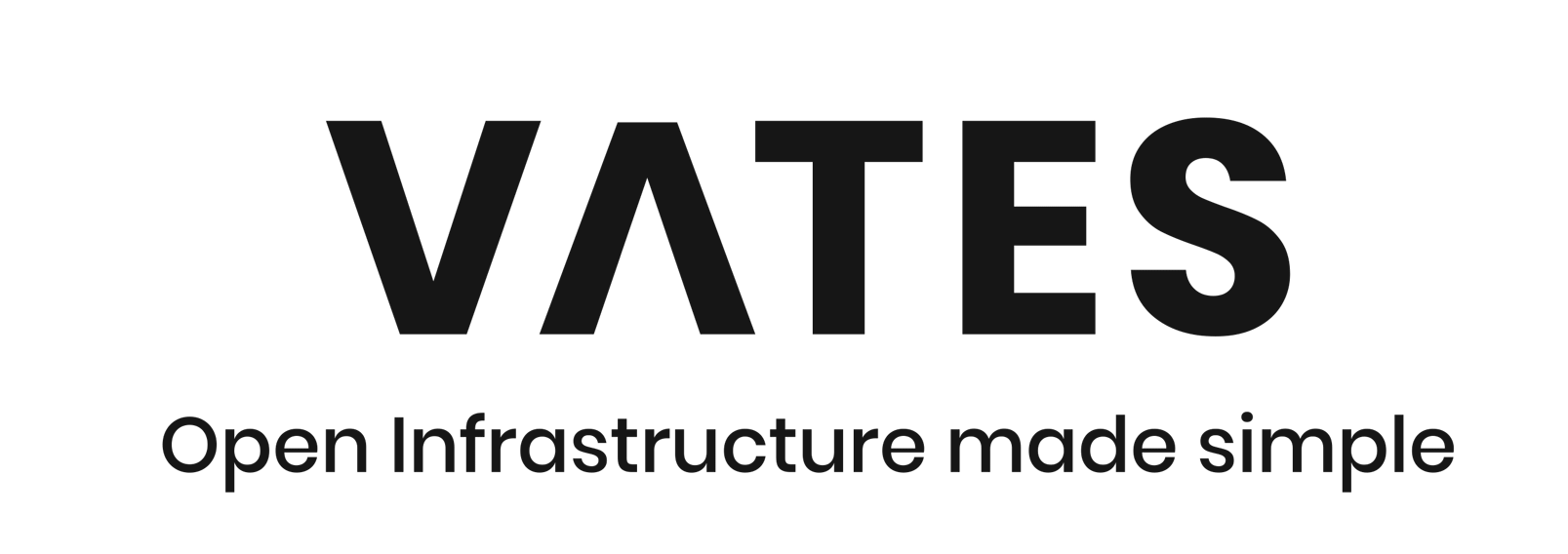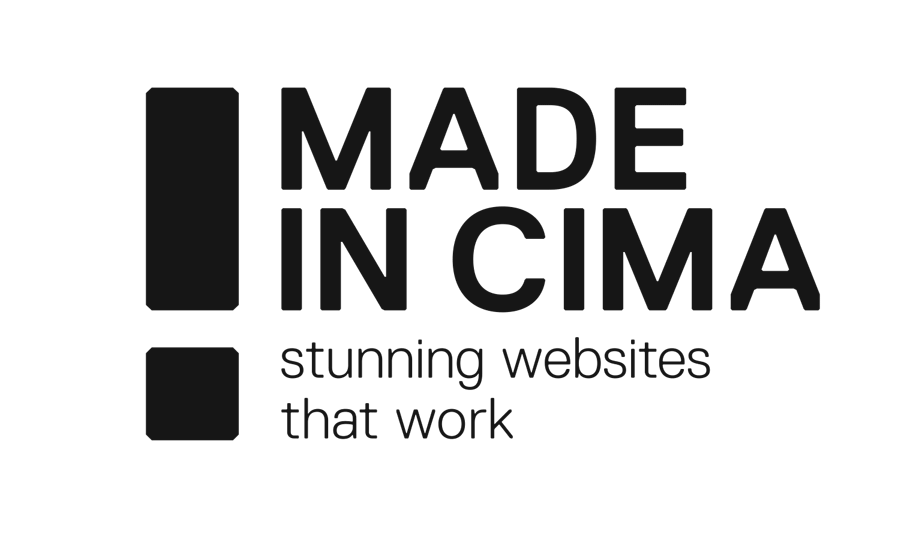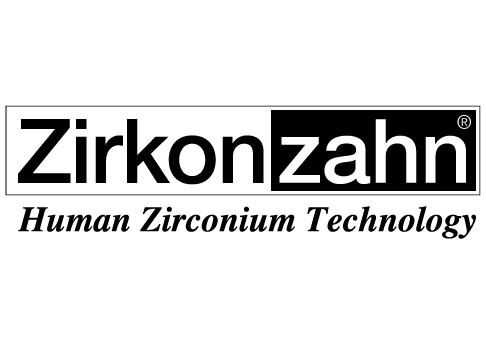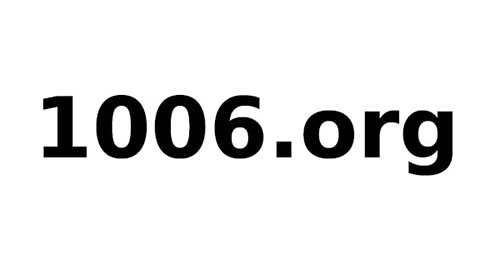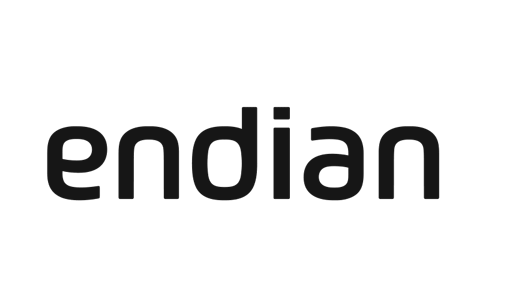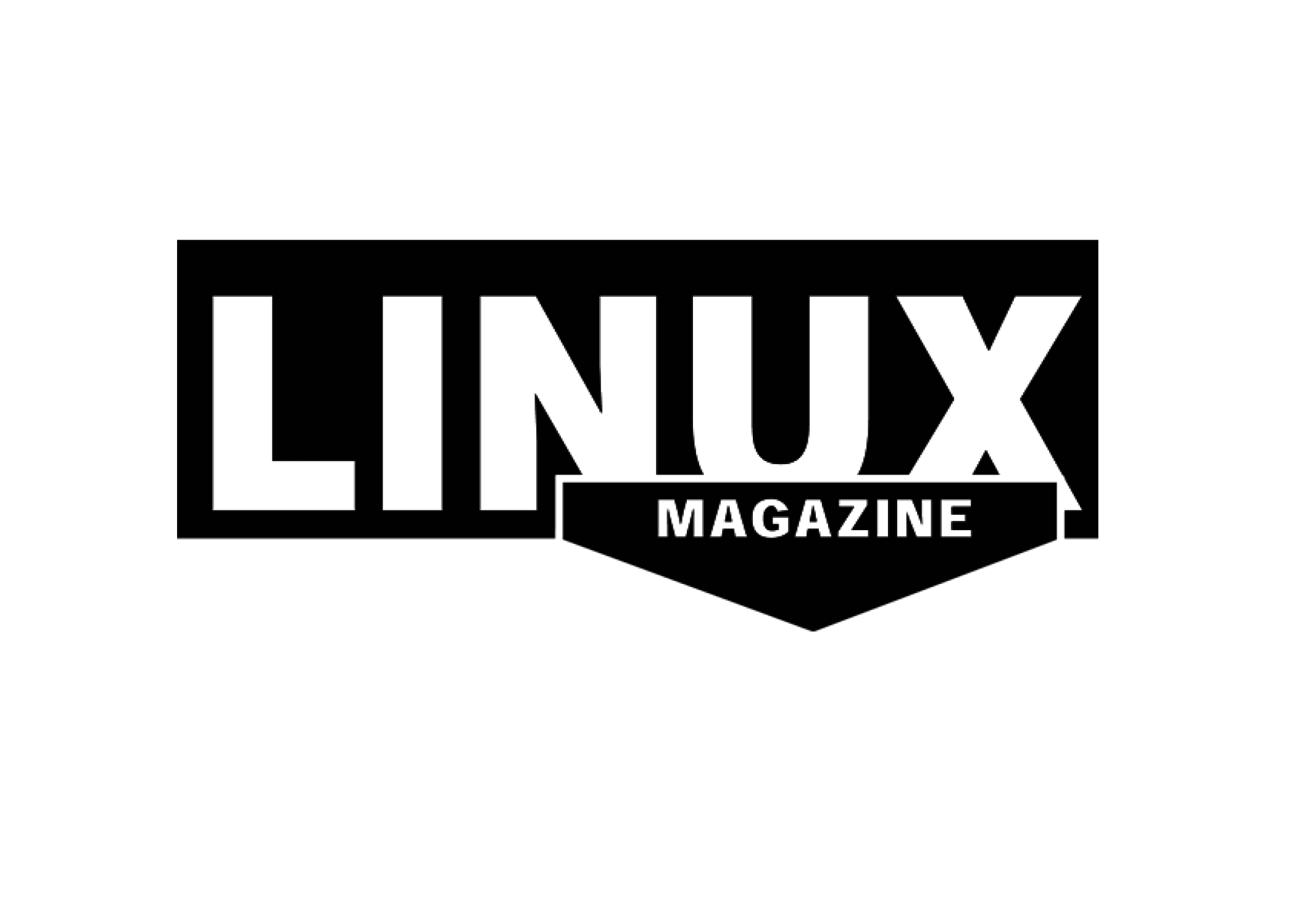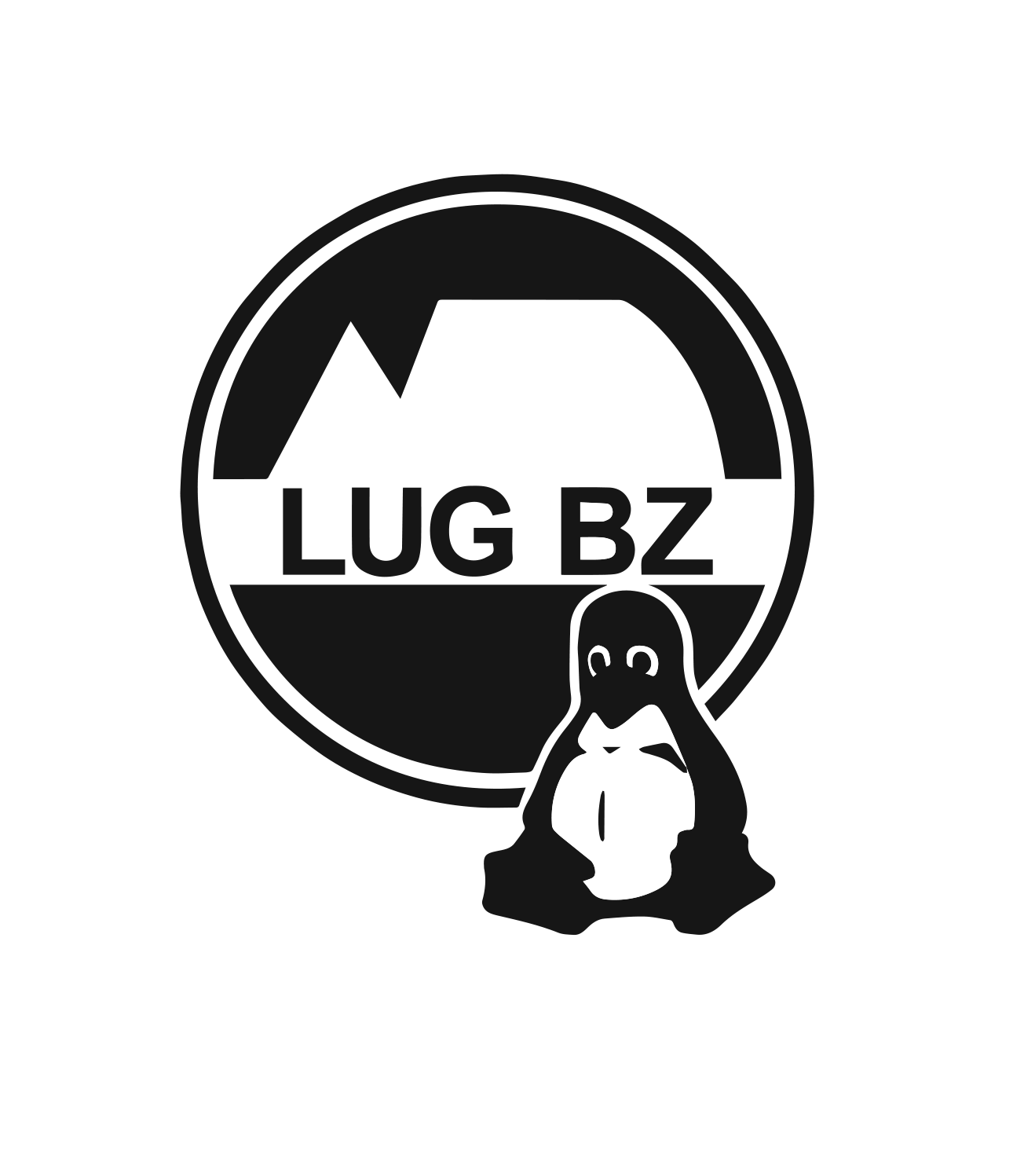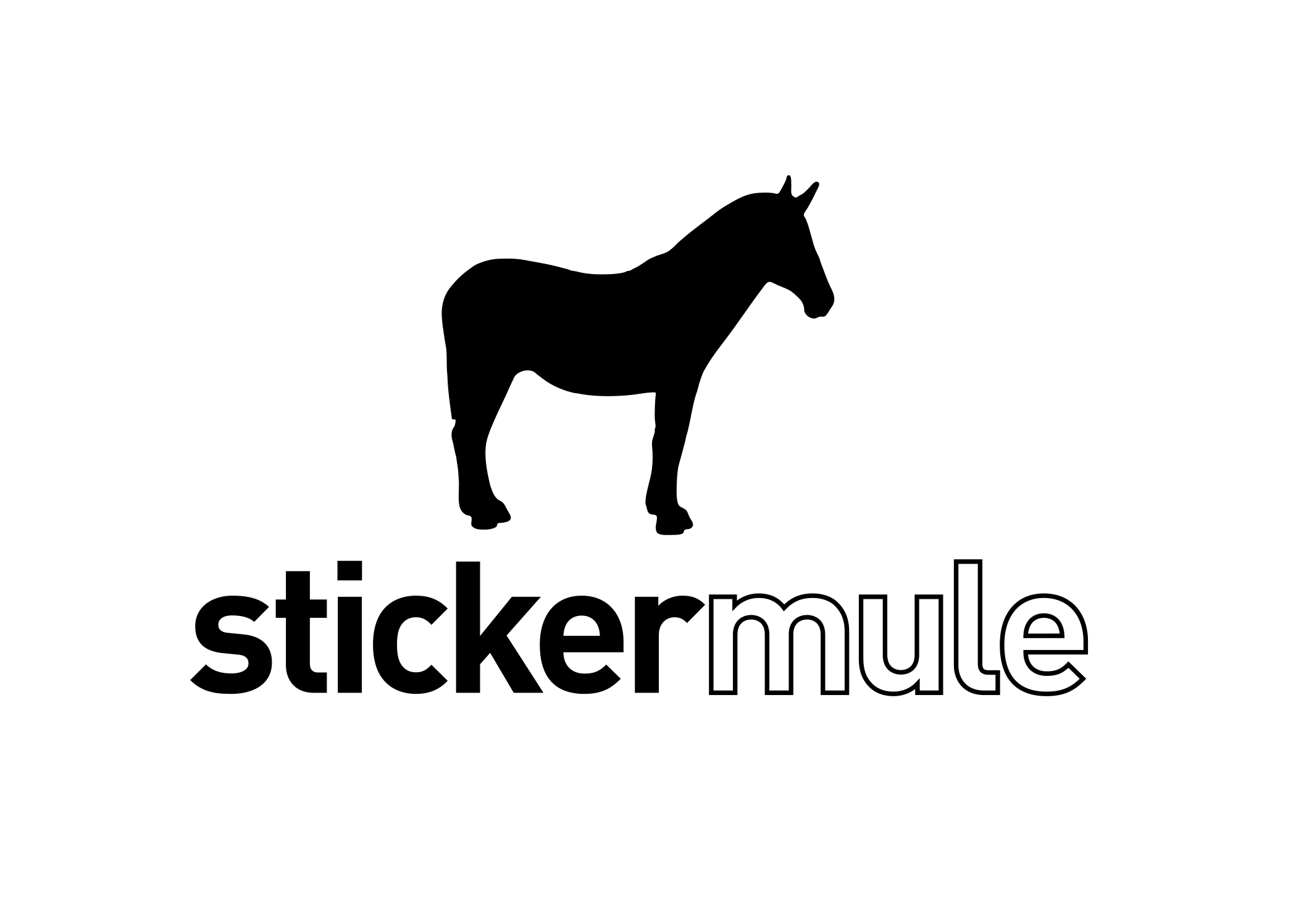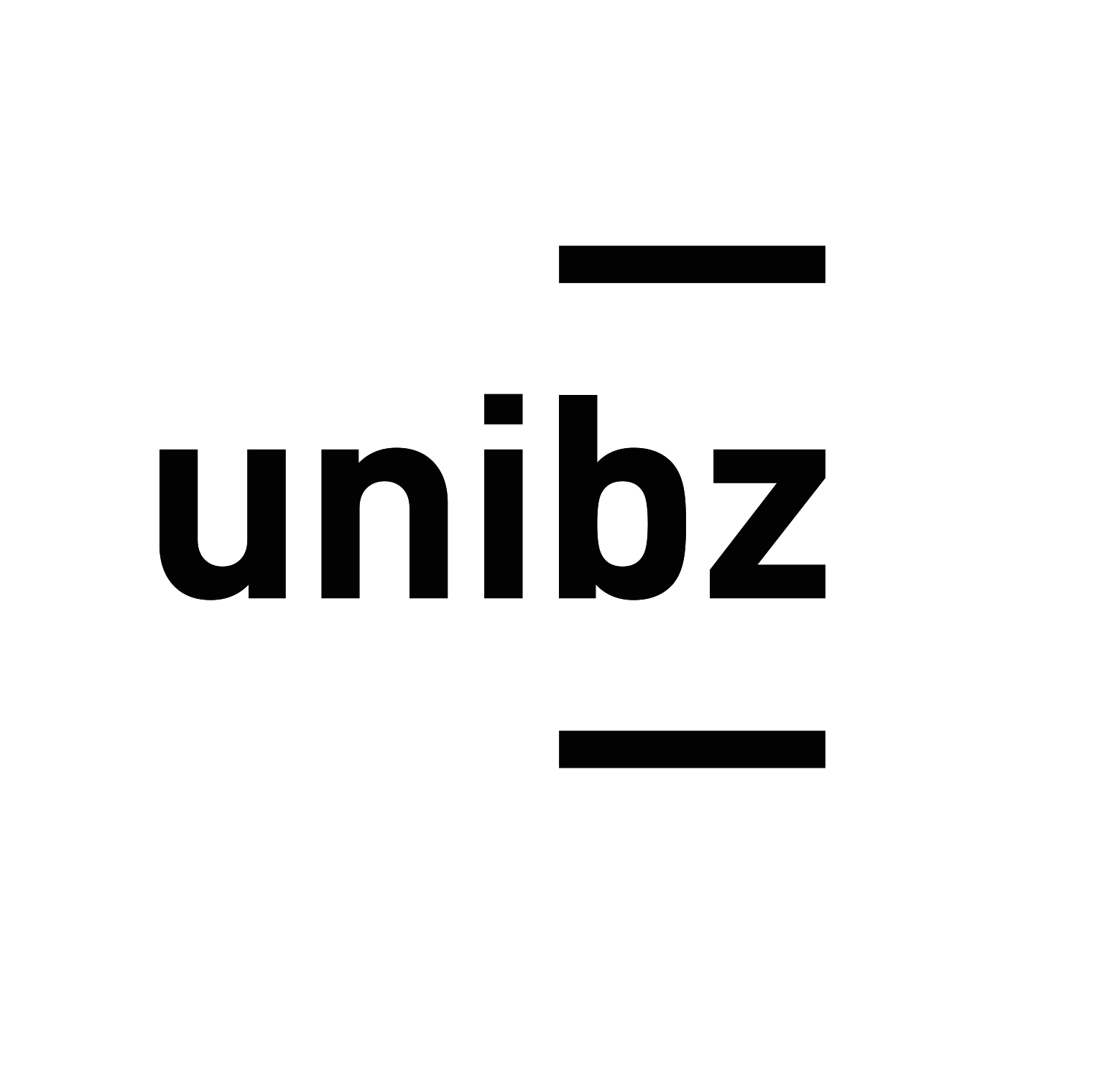The EO4MULTIHA project (https://eo4multihazards.gmv.com/), funded by the European Space Agency, aims at developing an open database gathering and harmonizing event information coming from already existing event databases to support multi-hazard(-risk) research.
To pursue this aim, this project which has been developed in the EURAC research, Center for Sensing Solutions, presents a comprehensive web application designed to analyze and visualize multi-hazard events, developed using Django and PostgreSQL. Leveraging the strengths of open-source technologies, the application provides a robust platform for researchers, policymakers, and the public to access and understand the complexities of multi-hazard scenarios. The main parts of this web application is explained in the following paragraphs:
(i) The core of the application is built with Django, a high-level Python web framework known for its rapid development capabilities and clean, pragmatic design. PostgreSQL, a powerful and scalable open-source relational database system, ensures efficient data storage and management. Together, these technologies offer a reliable and flexible foundation for handling diverse and large datasets.
(ii) To visualize the events, Leaflet Map which is an open source contributor to the OpenStreet Map has been used.
(iii) To populate the database, the application exploits various RESTful APIs, integrating data from multiple sources, including satellite imagery, climatological records, in-situ measurements, and relevant statistical data. This multi-source approach allows for a comprehensive characterization of risks, exposures, and susceptibilities associated with multi-hazard events benefiting from the Open Data Standards such as OGC Standard.
(iiii)Key features of the application include spatial and temporal filtering of events, cross-linking of data sets for enhanced reusability, and compliance with open standards such as RESTful APIs and OGC standards. The platform is designed to be expandable, with the potential to incorporate additional locations and datasets in the future.
By providing an accessible online platform, this web application aims to support the understanding and analysis of multi-hazard events, facilitating informed decision-making and effective disaster management strategies. The use of open-source technologies and the integration of diverse data sources underscore the project’s commitment to innovation, scalability, and community-driven development.


